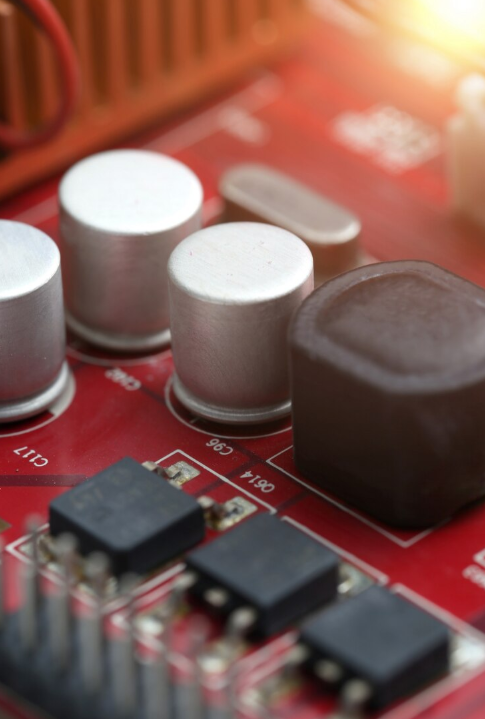3.4 Charge Distribution—Friction, Conduction, and Induction
How an Object Becomes Charged
Objects can become charged through three main methods:
Friction:
Rubbing two objects together transfers electrons.
The object that loses electrons becomes positively charged, and the one that gains electrons becomes negatively charged.
Contact:
A charged object touches a neutral object.
Electrons transfer between objects until their charges balance.
Both objects end up with the same charge.
Induction:
A charged object brought near (but not touching) a neutral object polarizes the charges in the neutral object.
Temporary Induction: Without grounding, charges rearrange but do not leave the neutral object.
Permanent Induction: With grounding, like charges leave the neutral object, leaving it oppositely charged compared to the original charged object.

Key Points About Charging Methods
| Charging Method | Initial Charge | Contact? | Charge Movement | Final Charge |
|---|---|---|---|---|
| Friction/Rubbing | Both neutral | Yes | Electrons move from the object with weaker hold to the one with stronger hold | Two oppositely charged objects |
| Contact | One neutral, one charged | Brief contact | Electrons transfer until charge balances | Both objects have the same charge |
| Induction (Temporary) | One neutral, one charged | None | Like charges repel; opposite charges move closer, no grounding | Neutral object remains neutral after charged object leaves |
| Induction (Permanent) | One neutral, one charged | None | Grounding allows like charges to leave the neutral object | Neutral object becomes oppositely charged |
Examples of Charging in Action
Friction: Rubbing a balloon on your sweater transfers electrons, making the balloon negatively charged and the sweater positively charged.
Contact: Touching a charged metal rod to a neutral metal sphere transfers charge to the sphere.
Induction: Bringing a positively charged rod near a neutral sphere polarizes the sphere. Grounding the sphere allows negative charges to remain.
Practice Question
Scenario: A positively charged rod is brought near an electroscope without touching it. The leaves of the electroscope separate. Why?
Answer: This is an example of charging by induction. The positive rod repels the positive charges in the electroscope, pushing them towards the leaves. The leaves separate because like charges repel.
Example Questions
Example 1:
Q: A positive charge is placed at the center of a uniformly charged ring. How are the charges on the ring distributed?
Solution:
The positive charge at the center attracts negative charges on the inner portion of the ring and repels positive charges on the outer portion.
The charges distribute such that inner charges are closer to the positive charge, while outer charges move away.
Example 2:
Q: A positive charge is placed at one end of a uniformly charged rod. How are the charges distributed?
Solution:
Negative charges in the rod are attracted to the positive charge at one end.
Positive charges are repelled to the opposite end.
Example 3:
Q: A positive charge is placed at the center of a uniformly charged sphere. How are the charges distributed?
Solution:
Negative charges on the inner surface are attracted to the positive charge.
Positive charges on the outer surface are repelled outward.
Understanding these principles of charge distribution helps explain everyday phenomena such as static electricity and lightning. Practice these concepts to strengthen your grasp of electrostatics!







